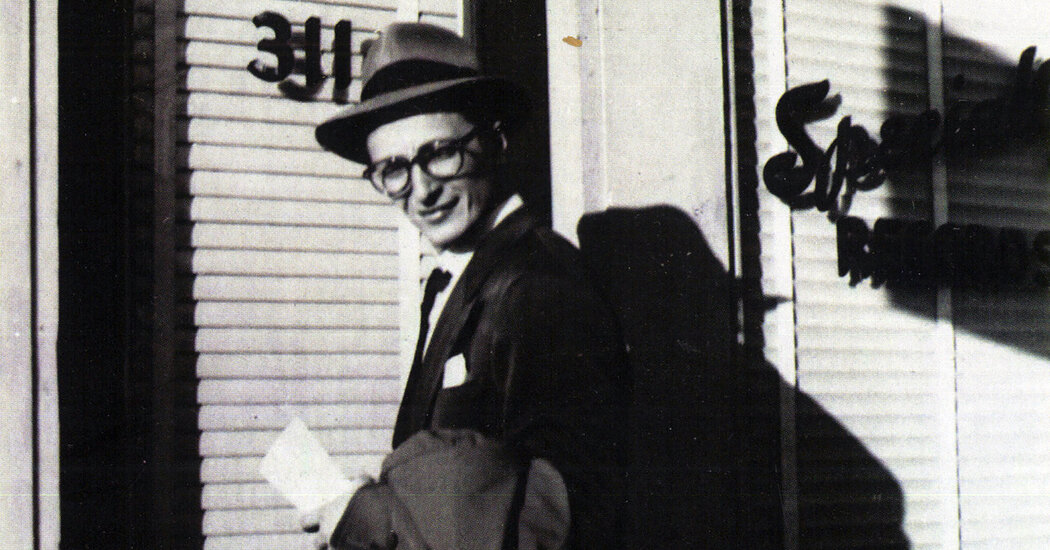Art Rupe, Who Brought Rhythm and Blues to the Mainstream, Dies at 104
After selling his interest in Atlas for $600, Mr. Rupe created his own company, Juke Box Records, in 1944. “I called it Juke Box because the jukebox was the medium then for plugging records,” he told Arnold Shaw. “If you got a record into the boxes, it was tantamount to getting it on the top stations today.”
Mr. Rupe was methodical. He bought $200 worth of race records and, stopwatch in hand, began analyzing musical structure, tempo and even titles to identify the common characteristics of the best-selling releases. Since the word “boogie” appeared in a disproportionate number of hit songs, Juke Box’s first record, an instrumental by the Sepia Tones, was given the title “Boogie No. 1.” It sold a more than respectable 70,000 copies, and Mr. Rupe was on his way.
The jump-blues singer Roy Milton and his band, the Solid Senders, gave Juke Box its first big hit: “R.M. Blues,” released in 1945, which was said to have sold a million copies. Mr. Milton went on to record nearly 20 Top 10 R&B hits after following Mr. Rupe to Specialty, which he founded the next year after breaking with his Juke Box partners.
In 1950 the pianist and bandleader Joe Liggins gave Specialty its first No. 1 hit, “Pink Champagne,” which became the top-selling R&B record of the year. Percy Mayfield, a singer and songwriter with a relaxed, swinging style who would later contribute “Hit the Road, Jack” and other songs to Ray Charles’s repertoire, topped the charts a year later with “Please Send Me Someone to Love.” Guitar Slim gave the label yet another No. 1 hit in 1954 with “The Things That I Used to Do,” one of the earliest records to put the electric guitar front and center.
“Specialty was a little like the Blue Note label in jazz,” said the singer and music historian Billy Vera, who produced “The Specialty Story,” a boxed set of the label’s best sides released in 1994, and wrote “Rip It Up: The Specialty Records Story,” published in 2019. “Art was dollar conscious, but he did not let that stop him from going into the better studios and taking the time to rehearse. He took great pride and care to make quality records with quality musicians.”
Check out our Latest News and Follow us at Facebook
Original Source







